The nitrogen fertiliser market has been in turmoil during September which has resulted in knock-on effects into the wider food chain. The root cause is the surge in natural gas prices. This has been caused by low stocks (the UK has very little storage), high demand (partly due to the lack of wind, reducing renewables output) and constrained supply (lower availability from Russia and the Middle East). The effects are being seen in the consumer market with some energy supply firms going bust as the Government price cap leaves them having to supply energy at below the cost of buying it. Over the short-to-medium term, energy bills (electricity, gas and oil) will all rise.
Natural gas is the major feedstock of ammonium nitrate (AN) production. As prices have risen it has become uneconomic to manufacture fertiliser and, on the 17th September, CF fertilisers announced it would be shutting its two UK plants. Yara has already reduced output at its Hull plant. The cost of AN rose to around £500 per tonne. Aside from the price, availability is likely to be just as much an issue, with little product on the market and orders not being taken.
The CF plants supply around 60% of the UK’s carbon dioxide – generated as a by-product. The gas has a variety of uses in the food chain including stunning poultry and pigs prior to slaughter, displacing air in food packaging and carbonating beer and soft drinks. The interruption in supply had the potential to cause major disruption. The Government stepped-in and offered financial incentives for CF to restart its plants for a three-week period from the 21st September. It appears that only the Billingham plant and not the one at Ince will reopen. After this period, it is hoped that high prices will encourage the market to deliver new supplies of CO2.
Forecasters do not believe that gas prices will fall anytime soon. This suggests that fertiliser production in the UK and Europe will remain constrained for a number of months. Although additional tonnages are coming in from other places, this is likely to be in limited amounts. Therefore, it seems fertiliser prices may well remain high at least for the remainder of this season.


















